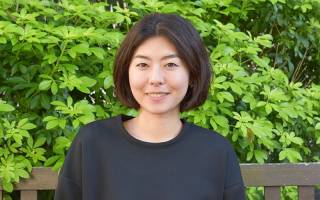Selective autophagy of mitochondria on a ubiquitin-endoplasmic reticulum platform
25 July 2019
Maria Zachari, Sigurdur R. Gudmundsson, Ziyue Li, Maria Manifava, Ronak Shah, Matthew Smith, James Stronge, Eleftherios Karanasios, Caterina Piunti, Chieko Kishi-Itakura, Helena Vihinen, Eija Jokitalo, Jun-Lin Guan, Folma Buss, Andrew M. Smith, Simon A. Walker, Eeva-Liisa Eskelinen, Nicholas T. Ktistakis
Developmental Cell
Autophagy is a natural regeneration process that occurs at a cellular level in the body. A specific form of autophagy called mitophagy removes damaged mitochondria, which are the energy producing component of cells. If damaged mitochondria are not removed from the cells then they can lead to the development of neurodegenerative diseases such as Parkinson’s disease.
The dynamics and co-ordination between the autophagy machinery and selective receptors during mitophagy are unknown. We have used a combination of genetic and imaging experiments to address these questions.
We propose that damaged mitochondria are tagged by a small protein called ubiquitin* and then dynamically encased in a membrane that comes from a pre-existing intracellular structure called the endoplasmic reticulum. The encasement and capture of the damaged mitochondria results in its elimination from the cell.
Further work will be conducted to determine the role of the molecules that regulate this process and how it goes wrong in people who develop neurodegenerative diseases.
*Professor Andrew Smith's group have a particular interest in the ubiquitin binding protein called optineurin, which this study showed plays a critical role in mitophagy.
 Close
Close




